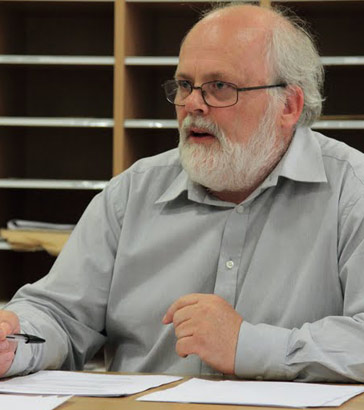
The use of Performance scales (p-scales) is statutory when reporting attainment for pupils with SEN who are working below level 1 of the National Curriculum. They are used at the end of key stage 1, key stage 2 and key stage 3 for reporting teacher assessment in English, mathematics and science.
The use of p-scales is central to the current efforts to record the attainment, achievement and progress of pupils with SEN, aged 5-16, who are working below level 1 of the National Curriculum. As mainstream schools and settings become more inclusive there will be an increasing need to include p-scales in the whole school assessment and planning cycle as part of the continuum of learning and development.
leader (1)
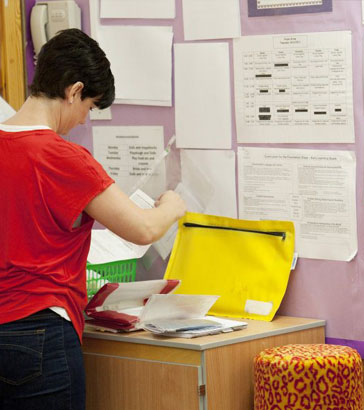
For p-scales to be effective they must be applied with rigour and consistency. Moderation is essential if judgements of pupils' attainment and progress are to be accurate and consistent in order to usefully inform planning and provision.
It is helpful for one person to be designated as the decision maker/leader of the moderation process. This person maintains an overview of different views expressed during the moderation of each piece of work/observation, facilitates appropriate discussion, and draws conclusions at the end of the discussion. This will involve making a decision as to the level that has been achieved, offering a justification of this.
leader (2)
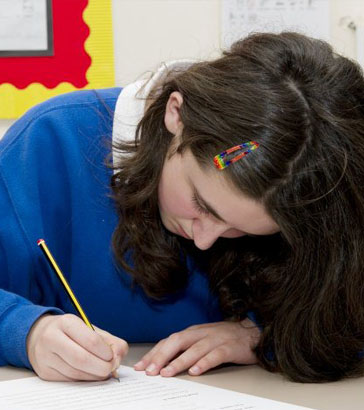
Who is the decision maker/leader of the moderation process in your context? Is it a member of the senior leadership team?
Is it the role of each subject leader? Is there a leader for each subject in your context who can do this?
In your context is there a common understanding of 'best fit' judgements based on regular discussion of the attainments of
pupils?
What has been done to evaluate the rigour of the moderation process against p-scales? What evidence do you have of partnership
work with others that demonstrate your capacity to improve the assessment of your pupils?
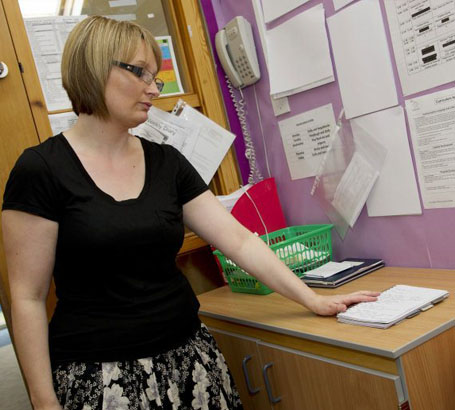
Read pages 16 to 19 of the p-scales document below.
Consider the following questions.
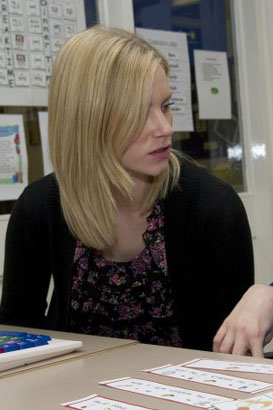
Work with colleagues to plan an in-school moderation session.
- Who will you moderate with? – ideally it is helpful to moderate across a range of contexts – across a year group, across a key stage, or across the whole school.
- What is the size of your group? – ideally this needs to be big enough, but not too big, to generate meaningful discussion. The discussion is a critical part of this process and therefore should be facilitated as a priority in these activities.
- What will you moderate? – choose a focus for each session; this could be by subject or by a range of p-scales, eg levels 1-3, 4-6 etc, or both subject and range.
session (2)
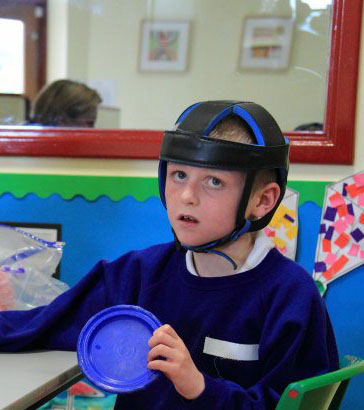
- When to moderate? – to suit your setting and whole-school cycle, eg annually as part of your summative p-scale assessment, or more frequently, taking a different subject area or range of levels each term.
- Own materials – when asking staff to bring examples of work from pupils, clarify what annotation is needed on a piece of work or an observation, as it is difficult to discuss a piece of work when the context and level of support are not known. Use an observation/moderation pro forma to standardise the information brought by staff/given for each piece of work.

An observation/moderation pro forma should include at least the following information:
- The name of the child.
- Background information about the child: age, year group, specific need.
- Date of the observation.
- The curriculum area or subject.
- Any relevant objective(s) for the lesson.
- Setting/staffing: one-to-one, small group, whole class.
- An account of what was observed. What did the child actually do/say? How well did the child attend or remain engaged in the activity? Did the child show interest? Was any support given: no support, verbal support, signed prompt, symbols used, gesture support, hand over hand, etc?
- The assessed level of attainment.
